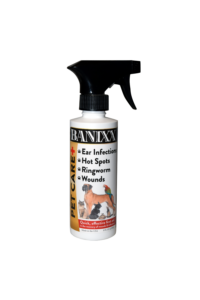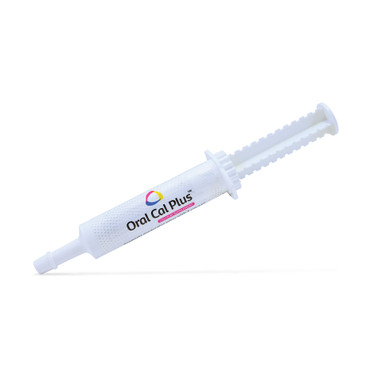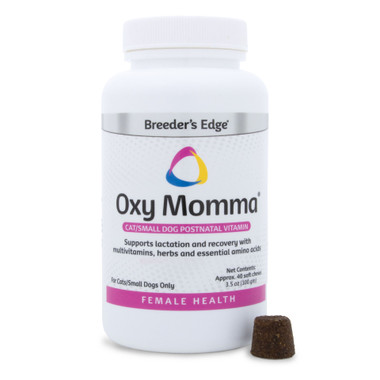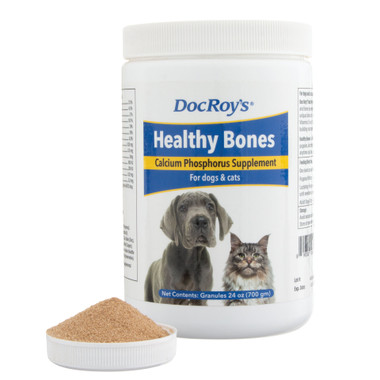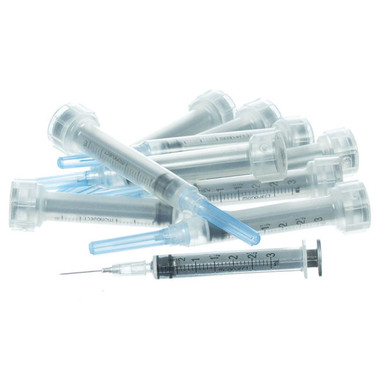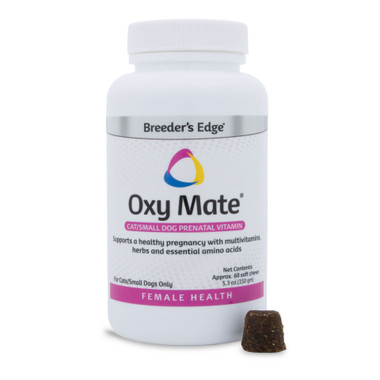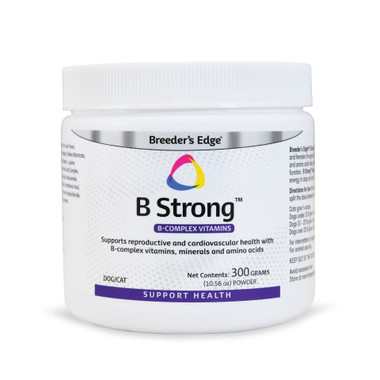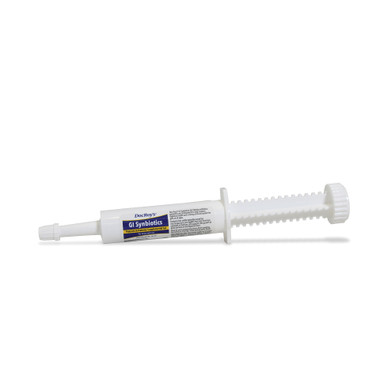Lipomas….mysterious Lumps & Bumps on your pup…When should I worry? What should I do about them?
Estimated 0 min read
Discovering an unusual lump on your dog is a startling experience.
While they’re usually harmless, understanding them is crucial for your peace of mind and your dog’s health.
With this blog, you’ll gain the knowledge to handle this run-of-the mill condition with confidence, ensuring your dog continues to live a happy, healthy life.
Facts About Dog Lipomas
- Lipomas are benign, fatty tumors commonly found in middle-aged toolder dogs. They generally only require monitoring when they impede movement
- Surgical removal is the definitive treatment for problematic lipomas. Costs vary based on complexity and aftercare needs
- Maintaining a healthy weight through diet and exercise can help manage lipoma development. Regular vet check-ups are essential for early detection
Discovering Dog Lipomas
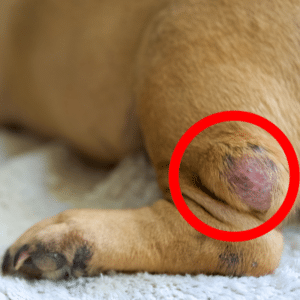
Sudden lumps on dog under skin
Imagine discovering a soft, movable lump beneath your dog’s skin. It’s a common scenario for many pet owners, and often, the culprit is a lipoma. These are non-threatening tumors, essentially a collection of fat cells that have clumped together, forming a mass. They are the most common form of soft tissue tumor in dogs, but despite their frequency, they are often misunderstood.
Although lipomas are typically found just under the skin and can occur anywhere on a dog’s body. Their texture is usually soft and doughy, and they may move if you apply sideways pressure with your finger tips. This mobility is due to their location in the subcutaneous layer of skin. Allbeit a zone where tissue naturally has more movement. Unlike other more serious conditions, such as liposarcomas which are malignant, lipomas are not typically a health threat. They are slow-growing and do not spread to other parts of the body.
Understanding Lipomas
The science behind why lipomas form is not fully understood, but we do know they are more prevalent in middle-aged to older dogs. Certain breeds are more predisposed to developing these fatty tumors. In truth, this suggests a genetic component to their growth. Moreover, overweight dogs appear to have a higher incidence of lipomas, so clearly diet and exercise play a role in their development.
While lipomas themselves are not dangerous, their presence can sometimes raise concern. For instance, if they grow large enough, they can cause discomfort or impede your dog’s natural movement. It’s this potential for discomfort and interference with daily activities that often leads owners to seek veterinary advice.
Hence understanding the benign nature of lipomas is crucial for pet owners. It brings peace of mind and helps in making informed decisions about our pet’s health. However, any new lump or bump on your dog should prompt a visit to your veterinarian to rule out more serious conditions. This is where the journey from discovery to diagnosis begins; it’s an important step in ensuring the well-being of your furry friend.
Causes of Dog Lipomas

Older dogs are likely to develop it
When it comes to the formation of lipomas in dogs, the exact triggers remain somewhat elusive to veterinary science. However, certain patterns and associations have emerged, shedding light on potential risk factors. Age is a significant one; these fatty tumors are more commonly diagnosed in middle-aged to senior canines. Accordingly, this suggests that the aging process may influence their development.
Similarly, the breed of a dog also appears to play a role. Some breeds, such as Doberman Pinschers, Labrador Retrievers, and Miniature Schnauzers, show a higher propensity for developing them. This breed-specific tendency points to a genetic thread woven into the tapestry of lipoma formation. Nonetheless, mixed breed dogs are not exempt from this condition, indicating that the genetic component is not limited to purebreds.
Obesity in dogs appears closely linked with the occurrence of lipomas. The excess fat tissue in overweight dogs provides a ripe environment for lipoma development. This is not to say that lean dogs are immune, but the correlation suggests that maintaining a healthy weight is important as a preventative measure.
The “hows” behind lipomas also delves into the cellular level. These growths are composed of fat cells that have accumulated in a localized area. Why these cells cluster in such a way is still a matter of study. But it’s clear that they differ from the more dangerous, infiltrative or malignant growths that occur in canine bodies. While the risk factors for dog lipomas are somewhat understood, the biological mechanisms that initiate their growth are still under investigation.
Detecting Lipomas in Your Dog

The lumps feel like a rubber ball under the skin
The discovery of a lipoma often occurs during a routine petting session. These growths are discovered as mysterious lumps under your dog’s skin. Their consistency can range from soft and pliable to somewhat firm. Further, it depends on their size and the amount of fibrous tissue within the tumor.
To repeat, lipomas are usually not a cause for alarm, but their detection calls for a closer look. Even though they can appear anywhere on your dog, they are usually found on the trunk, limbs, and under the belly. The lumps are generally well-defined and often can move slightly. This distinguishes them from other growths that are more likely fixed in place.
The tactile experience of a lipoma is often described as feeling like a rubber ball that moves under pressure. This characteristic is a key identifier for veterinarians during physical examinations. However, it’s crucial to note that while they have a typical presentation, they are sometimes mistaken for other issues. This is why any new lump or bump needs evaluation by a professional.
Understanding the physical attributes of these lumps and bumps is just the beginning. The next step is to delve into the diagnostic process. How do veterinarians confirm that a lump is indeed a lipoma? What techniques are used to ensure that the growth is not a more serious concern? These questions are vital; the answers guide the decisions made for the health and welfare of our four-legged friends.
Diagnosing Lipomas in Dogs

Vet checking for lipoma
Veterinarians typically start with a fine needle aspiration. This is a minimally invasive procedure that involves inserting a needle into the lump to collect cells for examination. This sample of cells, once placed under a microscope, can reveal the presence of fat cells characteristic of a lipoma.
However, not all lumps yield a clear diagnosis through aspiration alone. In some cases, the collected sample may not provide definitive evidence. When this occurs, a more comprehensive approach is taken. A biopsy, where a small piece of the lump is surgically removed is necessary to rule out other conditions. Namely, mast cell tumors that can appear and feel similarly.
Under the microscope, the architecture of fat cells within a lipoma is generally uniform. But it’s the nuances in cellular appearance that can distinguish a benign lipoma from its more aggressive counterpart. Examples are infiltrative lipomas or liposarcomas. These distinctions are subtle yet critical, as they inform the treatment plan and prognosis.
In some instances, advanced imaging techniques like CT scans are employed to further investigate the lump’s characteristics. In particular to assess its size and depth which can influence surgical planning. The goal of these diagnostic steps is not only to identify the lump but also to understand its potential impact on your dog’s quality of life.
With a confirmed diagnosis, the conversation shifts from “what is it?” to “what’s the best course of action?” This is where the expertise of the veterinarian, expectations of the pet owner, and the individual dog needs converge. In summary, a plan is thus put together for a tailored approach to treatment.
Treatment for Dog Lipomas
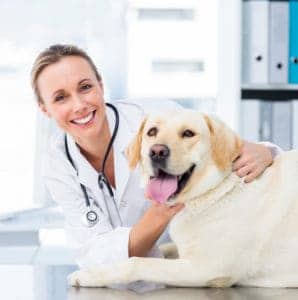
Your vet will determine if surgery is necessary
When a dog is diagnosed,, the primary consideration is whether veterinary intervention is necessary. The benign nature of most lipomas often allows for a conservative approach. However, when treatment is deemed necessary, the options and their implications are as varied as the dogs themselves.
Surgical Removal of Lipomas
Surgery is the most definitive treatment for lipomas, especially when they are large, rapidly growing, or affect the dog’s mobility or comfort. The benefits of surgical removal are clear: it eliminates the immediate problem and alleviates any discomfort or movement restrictions.
However, surgery is not without risks. Anesthesia is a consideration, particularly for older dogs or those with underlying health issues. Post-operative care is also essential to prevent infection and ensure proper healing. Here’s where you, as pet owner, must weigh all options. If surgery is elected, your vet will send the removed tissue for histopathological examination. This step is crucial to confirm the diagnosis and rule out malignancy.
From a financial perspective, surgery costs are significant. The cost includes not only the procedure itself but also pre-surgical blood work, anesthesia, post-operative care, and the histopathology report. Pet insurance may cover some or all of these expenses. But for uninsured pet owners, this is a substantial out-of-pocket cost. It’s important to discuss all these factors with your veterinarian, who can provide an estimate and explore payment options or alternative financial solutions.
Non-Surgical Management of Dog Lipomas
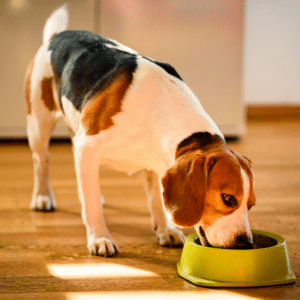
Adjust your dog’s diet
For those that are small and not causing any issues, a non-surgical approach is entirely possible. Briefly, it will involve regular monitoring of the lipoma’s size and any changes in the dog’s behavior that might indicate discomfort. Adjustments to the dog’s diet and exercise regimen are usually part of this strategy. In particular if the dog is overweight which can exacerbate the growth of lipomas.
This conservative approach has the advantage of acting as a non-invasive and cost-effective road. It avoids the risks associated with surgery and anesthesia. However, it requires a commitment from the pet owner to regularly check the lipoma and maintain their dog’s health through proper nutrition and physical activity.
Advanced Treatments for Dog Lipomas
In rare cases where a lipoma is infiltrative or malignancy is suspected, more aggressive treatments such as radiation therapy are a possibility. These treatments are more complex and significantly more expensive than surgery. They also come with a higher risk of side effects. The decision to pursue such treatments would depend on the specific diagnosis, the dog’s overall health, and the owner’s financial capability.
The costs for advanced treatments are likely prohibitive, and they are less likely included in any insurance plan. Financial assistance programs and fundraising platforms are options for owners facing these high costs.
Regardless of the chosen treatment path, financial considerations are an integral part of the decision-making process. Pet owners should have an open discussion with their veterinarian about the costs involved in each treatment option. Vets can often provide insights into managing these costs. Those insight may include phased treatments, prioritizing interventions, or utilizing veterinary financial assistance programs.
Managing and Preventing Dog Lipomas

Keep watch for the appearance of new lumps
The journey of managing a dog with lipomas typically leads to a favorable destination. These non-threatening tumors, while sometimes unsettling to discover, rarely pose a serious threat to your pet’s health. They tend to grow slowly, and many dogs live full and comfortable lives without any need for surgical intervention. However, the key to maintaining such tranquility lies in vigilant monitoring and proactive management.
After a lipoma is surgically removed, the watchful eye of the pet owner is ever more crucial. Their recurrence is possible, and new growths can emerge. This reality underscores the importance of regular veterinary check-ups and the pet owner’s role in routine examinations of their dog’s body. Early detection of any new lumps can lead to prompt and more straightforward management.
Beyond the watchful waiting, there’s a proactive stance that’s recommended in the form of lifestyle management. No strategy offers a guarantee against the development of these pesky lumps, but maintaining a healthy weight through a balanced diet and regular exercise is a line of defense. Obesity is a known risk factor, and by keeping your dog lean, you may reduce the likelihood of their formation. This approach not only addresses the concern over lipomas but also contributes to the overall welfare of your dog.
In summary, Knowledge is Power

Study up on your dog’s breed. Some are more genetically susceptible
While genetics do play a role in the predisposition to these abnormalities, we cannot change our dogs’ genetic makeup. But, having the knowledge can help us. Certain breeds may require more frequent checks, and a closer relationship with your veterinarian can ensure that any concerns are addressed promptly.
The decision to act upon a lipoma, whether to monitor or remove, is often a balance of factors. These include: size, growth rate, location, and the potential impact on your dog’s quality of life. Veterinarians are adept at guiding pet owners through these decisions. They can help you to weigh the immediate needs against the long-term health of the dog.
In the broader scope of canine health, these type of health issues serve as the importance of regular veterinary care. Along with that comes our need for a deeper understanding of our dog’s health. Armed with knowledge and supported by veterinary expertise, you can ensure that your dog leads a healthy, happy life, even with lipomas.
In the landscape of canine health, understanding lipomas is just one piece of the puzzle. As we navigate the myriad aspects of keeping our dogs healthy, it’s the knowledge we share and the actions we take that truly make a difference.
As a Final Word to all Dog Lovers
At Banixx, we’re committed to providing you with the insights and solutions needed to tackle health challenges like lipomas. Our dedication goes beyond addressing individual conditions; we aim to foster a community where every aspect of your dog’s happiness & health is supported.
We invite you to continue this journey with us, exploring the depths of pet care and ensuring that your beloved companion enjoys a vibrant, joyful life. Stay tuned to Banixx for more empowering knowledge and tips to enrich your dog’s health and happiness.
At Banixx, our commitment is to empower you with knowledge and solutions for your pet’s well-being. We invite you to join us on this journey, via our dogblog, ensuring that every wag, woof, and playful leap is filled with health and happiness. We have a variety of other blog topics to please everyone, such ashow long can a dog go without peeing, orhttps://creative.science/education/why-dogs-drink-from-the-toilet-and-how-to-stop-it/yep, we’ve got those covered.
Sources
https://vcahospitals.com/know-your-pet/adipose-lipoma-tumors
https://www.webmd.com/pets/dogs/what-to-know-lipoma-in-dogs
https://www.denvervet.com/site/blog/2022/08/31/fatty-tumor-lipoma-dog
https://www.animalsurgicalcenter.com/fatty-tumors–lipomas
https://www.nevccc.com/site/blog/2022/02/28/fatty-tumor-dog-lipomahttps://www.goodrx.com/pet-health/dog/lipoma-in-dogs
https://www.ellevetsciences.com/pet-care/do-dogs-get-headaches/
https://www.petmd.com/dog/conditions/skin/c_multi_lipoma
https://www.amcny.org/blog/2018/03/07/concerned-fatty-tumors-dog/
vetmed.tamu.edu/news/pet-talk/fatty-tumors-are-nothing-to-fear



